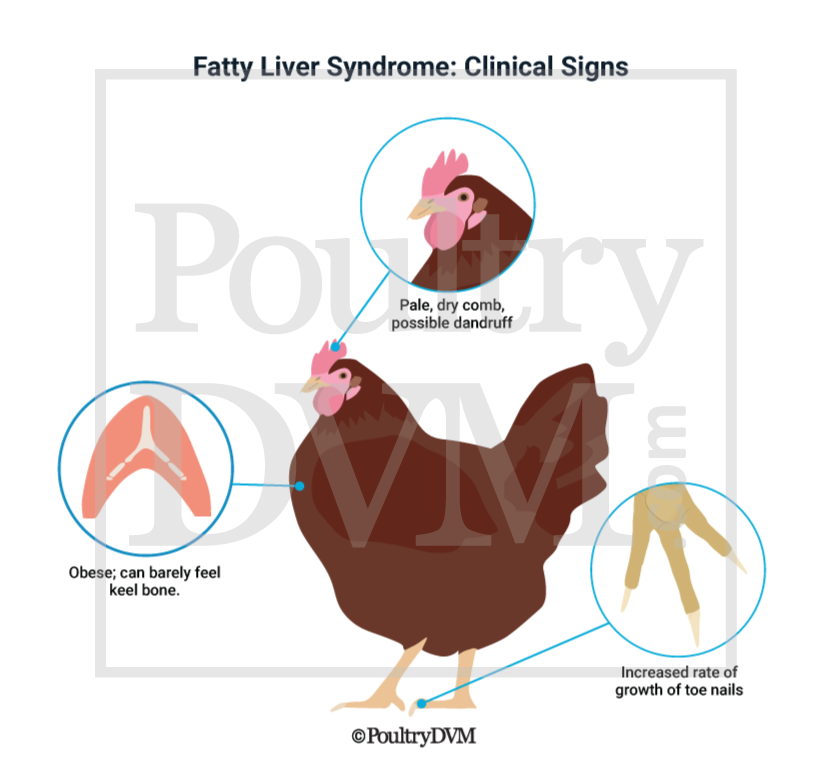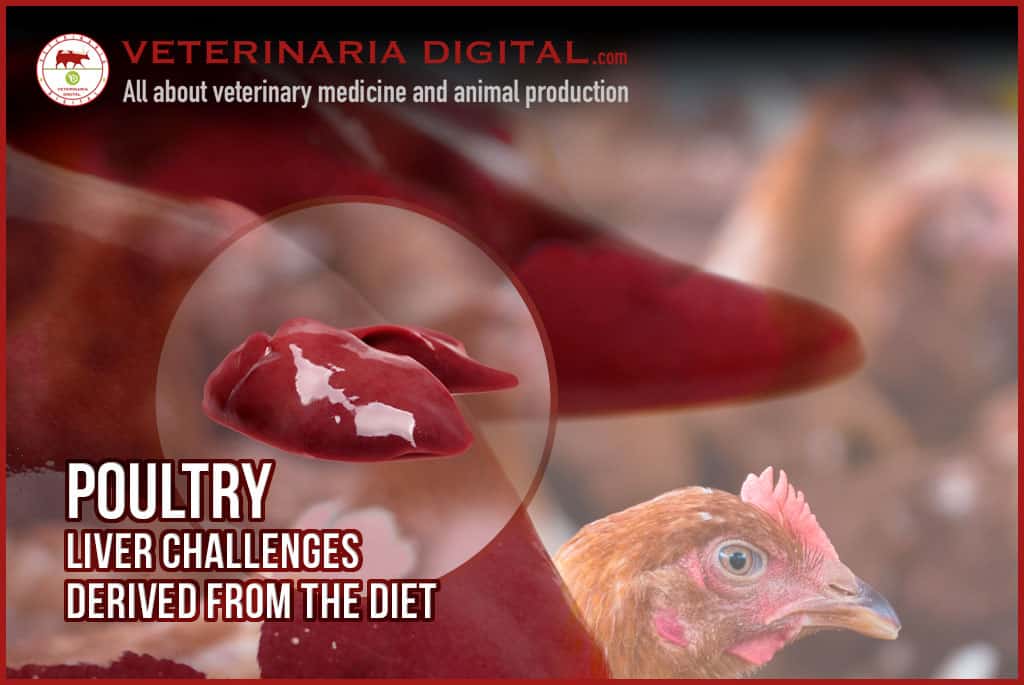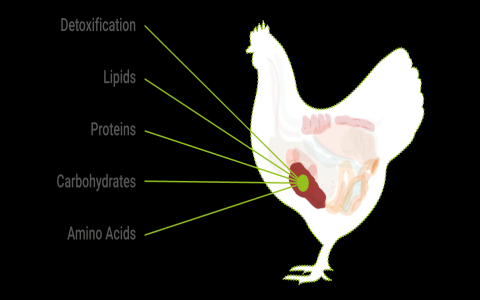Right, let me tell you about my run-in with fatty liver problems in my hens. It wasn’t pretty, and it started kinda subtly, which made it tricky at first.
Spotting the Trouble
So, a while back, I started noticing a few things weren’t quite right in the coop. A couple of my best layers, the real plump ones, suddenly just… stopped laying. Like, went from a good egg almost every day to nothing. Then, one or two just seemed really sluggish, not as active as usual. I also had a couple of sudden deaths, birds that seemed perfectly fine the day before. That really got my attention. You hate losing birds, especially when you don’t know why.

At first, I thought maybe it was the heat, or maybe some feed issue, but it seemed mostly concentrated on the heavier hens. Their combs and wattles looked a bit pale too, not that nice bright red you like to see.
Doing Some Digging (Literally)
After one unexpectedly passed away, I decided I had to figure this out. Not a pleasant job, but I did a basic check myself. Opened her up carefully. And wow, the liver. It was huge, much bigger than it should be, and pale yellow, almost greasy looking. It just crumbled when I touched it. That wasn’t right. I’d seen healthy bird livers before, and they look different – smaller, darker red, firmer.
This pointed towards that fatty liver thing people sometimes talk about. It kind of clicked – the overweight birds, the drop in laying, the sudden deaths. It seemed to fit.
What I Did About It
Okay, so knowing what I suspected, I had to change things up. Here’s what I did:
- Feed Check: I looked hard at what they were eating. I realized I was probably giving them too much high-energy feed, especially scratch grains and kitchen scraps like bread and pasta, thinking I was giving them treats. I cut way back on the treats immediately. Made sure their main feed was a balanced layer ration, not something super high in calories.
- No More Free-Choice High Energy Stuff: I stopped leaving scratch grains out all the time. It became a very small, scattered treat just to get them moving, not a main food source.
- Forced Exercise (Sort Of): I made sure they had plenty of space to roam. Scattered their regular feed wider in their run rather than just putting it in the feeder. Anything to get them moving more, foraging, not just sitting by the food trough.
- Greens Boost: Upped the amount of greens they got – stuff like kale, spinach, lettuce from the garden. Things that fill them up but aren’t packed with energy.
Watching and Waiting
It wasn’t an overnight fix, obviously. I kept a close eye on the flock, especially the heavier girls. Over the next few weeks, I did see some improvement. The birds seemed a bit more active. While the ones that had already stopped laying didn’t all come back into full production, I didn’t have any more sudden deaths, which was the main thing. The overall energy level in the coop felt better.
Was it a complete success? Hard to say for sure without lab tests, but the changes seemed to stop the problem getting worse. It taught me a hard lesson about overfeeding and the importance of balancing their diet, especially with treats. It’s easy to kill them with kindness, I guess.
So yeah, that was my experience. Mostly about cutting back the high-energy stuff and getting them moving more. Seems simple, but it made a difference for my flock. Just sharing what I went through, maybe it helps someone else spot it early.





















